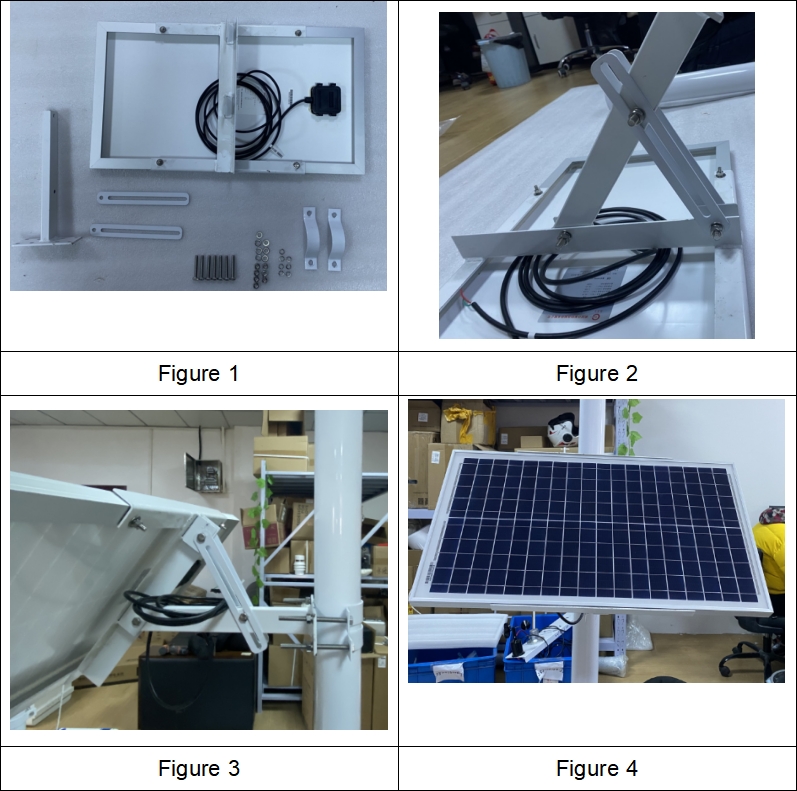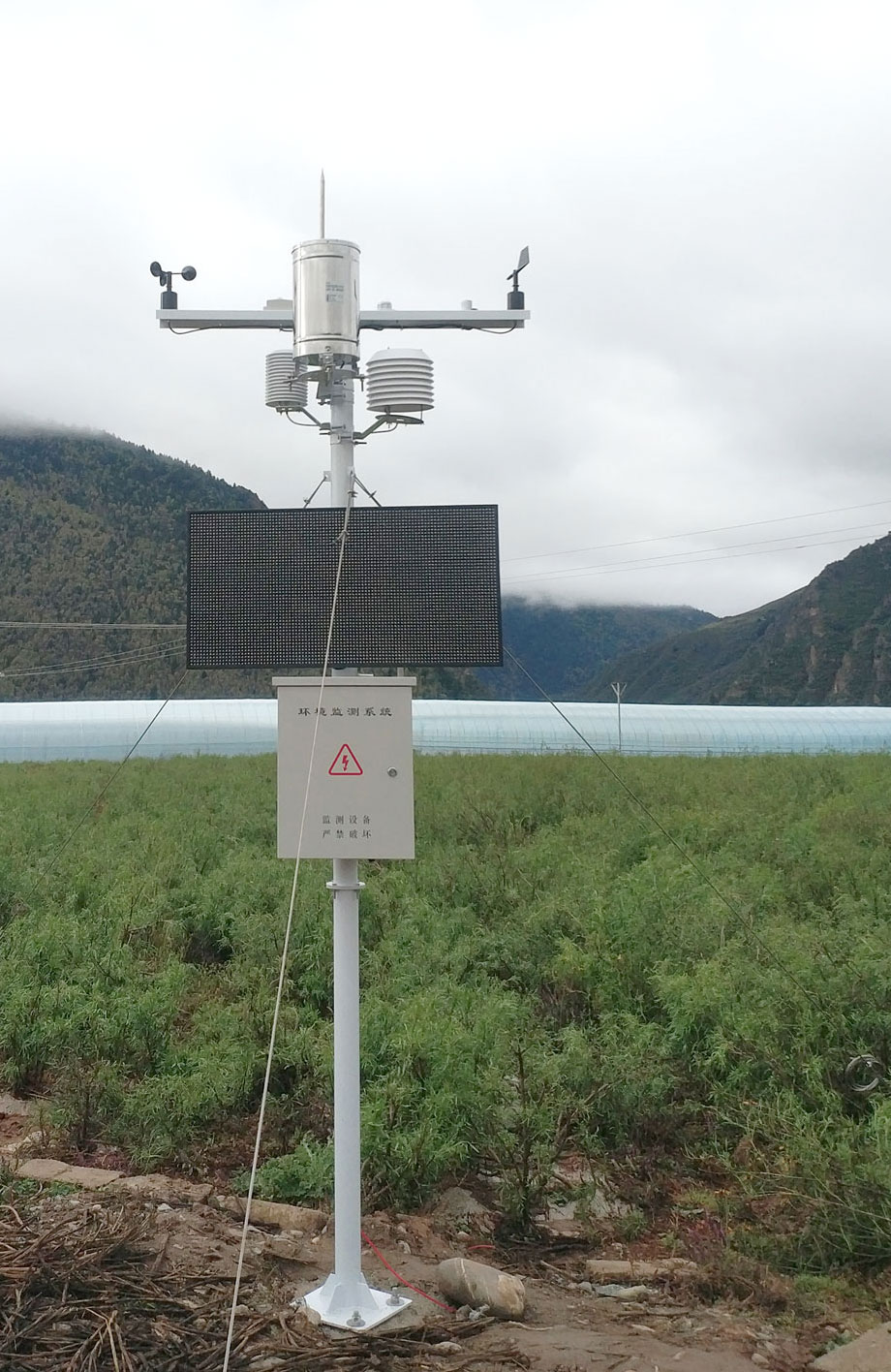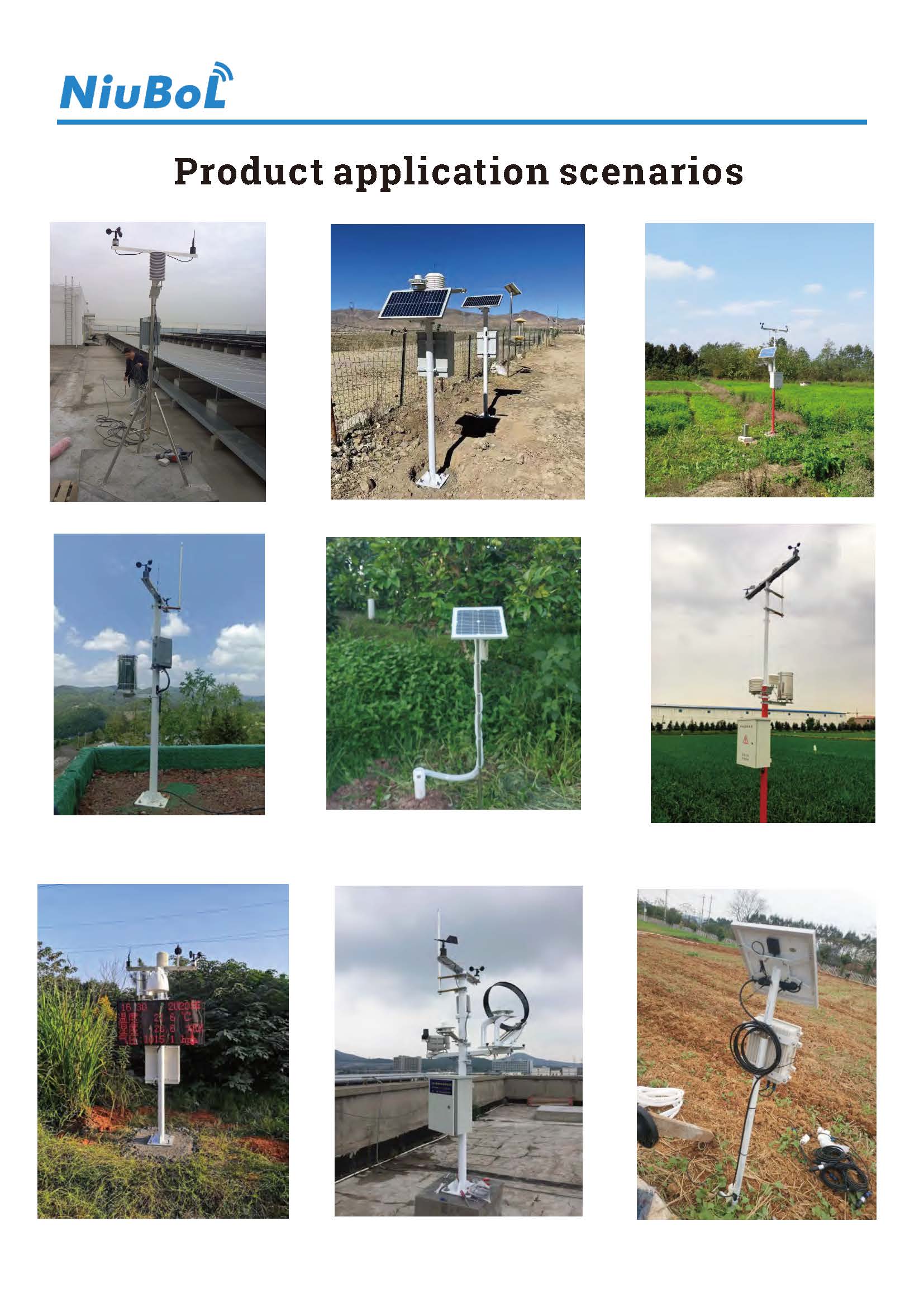

— Blogs —
—Products—
 Consumer hotline +8618073152920
Consumer hotline +8618073152920 WhatsApp:+8615367865107
Address:Room 102, District D, Houhu Industrial Park, Yuelu District, Changsha City, Hunan Province, China
Product knowledge
Time:2025-02-16 19:26:11 Popularity:255
Automatic weather stations are pivotal tools in modern meteorological monitoring, widely used in weather research, agriculture, transportation, and environmental protection. Their efficient operation relies on the coordinated work of several core components including the power system, data acquisition system, sensors, and instrument mounts. Below is a detailed explanation of these components and their working principles, offering comprehensive professional knowledge to users worldwide.
The power system is crucial for ensuring that an automatic weather station can operate continuously without human intervention. It typically consists of a main power supply (utility grid), backup batteries, and an Uninterruptible Power Supply (UPS).
- Main Power Supply: Connected to the utility grid, providing a stable power supply.
- Backup Battery: Offers temporary power when the main supply is interrupted, ensuring continuous data collection.
- UPS System: Facilitates seamless switching between the main power and backup batteries, protecting the equipment from power fluctuations.

- Regularly check the indicator lights of the power system to ensure the UPS battery functions correctly.
- Replace aging or underperforming batteries promptly to extend equipment lifespan.
- In extreme conditions (e.g., high or low temperatures), pay special attention to the cooling or insulation performance of the power system.
The data acquisition system is the heart of an automatic weather station, responsible for collecting meteorological data from sensors, processing it initially, and transmitting it. It generally includes a microprocessor, storage module, and communication interfaces.
- Microprocessor: Receives raw data from sensors, performs data conversion, and initial analysis.
- Storage Module: Saves the collected data for later transmission or analysis.
- Communication Interface: Transmits data via wired or wireless methods (like 4G/5G, LoRa/WiFi) to the cloud or monitoring center.
- Avoid working on the system while it's powered to prevent damage from mishandling.
- Regularly check communication interfaces and sensor connectors for secure connections.
- Update firmware to improve system compatibility and security.

Sensors are the critical components that gather meteorological data, available in various types based on monitoring requirements.
- Rain Gauge: Measures precipitation for weather forecasting and irrigation management in agriculture.
- Wind Speed and Direction Sensors: Monitor wind speed and direction, providing essential data for aviation, navigation, and weather forecasting.
- Temperature and Humidity Sensors: Measure air temperature and humidity, suitable for environmental monitoring and climate research.
- Solar Radiation Sensor: Measures solar radiation intensity, significant for energy studies and monitoring climate change.
- Optional: Users can select and combine different sensors according to specific needs. Regular calibration is necessary to maintain data accuracy and consistency.
- Calibrate sensors periodically to ensure measurement accuracy.
- Clean sensor surfaces to prevent dust or pollutants from affecting sensitivity.
- Choose high-precision, durable sensors according to actual needs.

The instrument mount serves as the physical foundation, securing and supporting sensors and the data collection system. Its design directly impacts the accuracy of data collection and the stability of the equipment.
- Height Design: Choose the appropriate installation height based on sensor requirements. For example, wind speed sensors are usually mounted high to minimize ground interference.
- Material Selection: Use corrosion-resistant, wind-resistant materials (like stainless steel or aluminum alloy) for long-term use.
- Stability: In areas with high wind speeds or frequent earthquakes, reinforce the mount's stability to mitigate environmental impacts.
- Check fasteners and connections regularly to ensure no looseness or damage.
- Adapt the mount design according to environmental conditions for better performance.
Automatic weather stations are often deployed outdoors, requiring good environmental adaptability. Here are key measures to ensure long-term stable operation:
- Waterproof and Dustproof Design: Use enclosures with IP65 or higher protection ratings to keep out rain and dust.
- Temperature Tolerance: Ensure equipment functions under extreme temperature conditions.
- Regular Cleaning: Clear dust, bird droppings, etc., from sensors and mounts.
- Data Backup: Establish a comprehensive data backup mechanism to prevent data loss.
- Software Updates: Keep the monitoring software updated for system compatibility and feature enhancements.

The efficient operation of an automatic weather station depends on the synergy among its power system, data acquisition system, sensors, and instrument mounts. Each component plays a vital role in ensuring the accuracy, stability, and reliability of meteorological data. Through careful selection, thoughtful design, and regular maintenance, automatic weather stations can provide high-quality meteorological data under various complex conditions, supporting scientific research, agricultural production, transportation, and environmental protection.
This article aims to help global users gain a deep understanding of the composition and working principles of automatic weather stations, aiding in the smooth execution of meteorological monitoring work.
Prev:Importance and Applications of Small Weather Stations in Modern Agriculture
Next:Campus Automatic Weather Station: The Meteorological Steward for Smart Campuses
Related recommendations
Sensors & Weather Stations Catalog
Agriculture Sensors and Weather Stations Catalog-NiuBoL.pdf
Weather Stations Catalog-NiuBoL.pdf
Related products
 Combined air temperature and relative humidity sensor
Combined air temperature and relative humidity sensor Soil Moisture Temperature sensor for irrigation
Soil Moisture Temperature sensor for irrigation Soil pH sensor RS485 soil Testing instrument soil ph meter for agriculture
Soil pH sensor RS485 soil Testing instrument soil ph meter for agriculture Wind Speed sensor Output Modbus/RS485/Analog/0-5V/4-20mA
Wind Speed sensor Output Modbus/RS485/Analog/0-5V/4-20mA Tipping bucket rain gauge for weather monitoring auto rainfall sensor RS485/Outdoor/stainless steel
Tipping bucket rain gauge for weather monitoring auto rainfall sensor RS485/Outdoor/stainless steel Pyranometer Solar Radiation Sensor 4-20mA/RS485
Pyranometer Solar Radiation Sensor 4-20mA/RS485
Screenshot, WhatsApp to identify the QR code
WhatsApp number:+8615367865107
(Click on WhatsApp to copy and add friends)